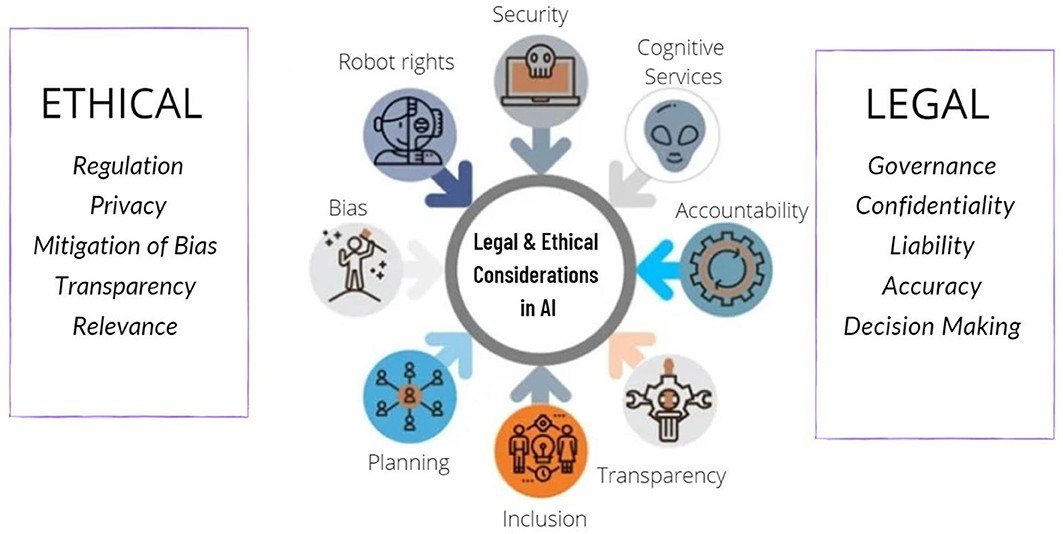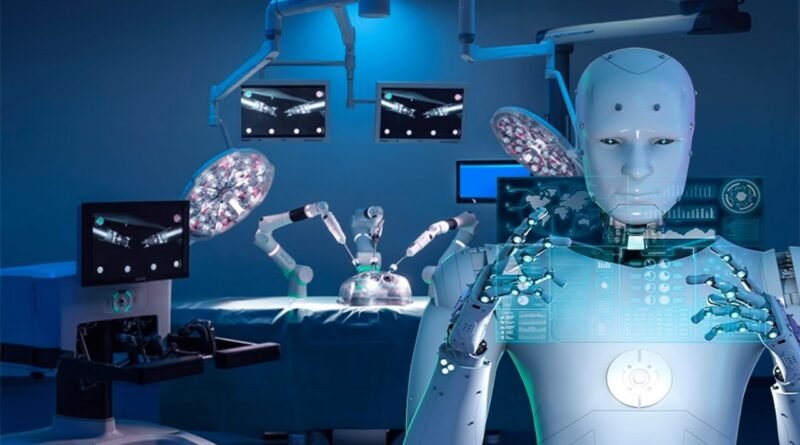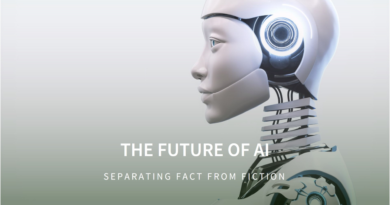Revolutionizing Healthcare: How AI-Powered Robots Are Performing Surgeries Like Top Surgeons
In the rapidly advancing field of healthcare technology, few innovations have sparked as much excitement as AI-powered surgical robots. These advanced systems are not merely assisting surgeons but are now performing complex procedures with a level of precision and consistency that rivals — and in some cases, surpasses — Revolutionizing Healthcare human capabilities. From improving surgical outcomes to expanding access to high-quality care, AI-driven surgical robotics is set to revolutionize the medical landscape.
The Evolution of Surgical Robotics

The concept of robotic assistance in surgery is not new. Early systems like the da Vinci Surgical System, introduced in 2000, demonstrated the potential for robots to assist surgeons in minimally invasive procedures. These systems provided enhanced precision and reduced patient recovery times, but they still required the surgeon’s direct control.
Today’s AI-powered surgical robots represent a paradigm shift. Unlike their predecessors, these systems integrate machine learning (ML) and computer vision to perform tasks autonomously or semi-autonomously. By analyzing vast datasets of surgical procedures, AI systems learn to anticipate complications, adjust techniques in real time, and even improve with each operation.
How AI-Powered Robots Operate

The core of AI surgical systems lies in deep learning algorithms. These algorithms process and analyze millions of data points from previous surgeries, including video footage, patient outcomes, and sensor data from robotic instruments. This data enables the robots to develop a nuanced understanding of various surgical techniques and patient-specific nuances.
Key Technologies in AI-Powered Surgery
- Computer Vision: AI-driven robots use computer vision to create a 3D map of the surgical field in real time. This allows them to identify critical structures such as blood vessels, nerves, and tumors with unparalleled accuracy.
- Natural Language Processing (NLP): Some systems incorporate NLP to interpret verbal commands or provide surgeons with real-time feedback based on pre-set protocols.
- Haptic Feedback and Precision Control: Advanced robots provide tactile feedback, simulating the sense of touch that surgeons rely on during procedures. This ensures that delicate tissues are handled appropriately.
- Predictive Analytics: These systems can predict potential complications by analyzing patient data in conjunction with real-time surgical input, allowing for proactive adjustments.
AI in Action: Case Studies and Success Stories

Orthopedic Surgery
One of the most significant advancements has been in orthopedic procedures, such as knee and hip replacements. AI-powered robots like the MAKO System provide pre-surgical planning tools and real-time intraoperative guidance. Studies show that these systems reduce post-operative pain and improve implant positioning, leading to better long-term outcomes.
Cardiac Surgery
In cardiac procedures, precision is paramount. Robots like Corindus Vascular Robotics assist in percutaneous coronary interventions, enabling millimeter-perfect placements of stents. Their AI algorithms continuously adjust to real-time conditions, reducing the risk of complications such as arterial damage.
Neurosurgery
In neurosurgery, where the margin for error is exceedingly small, AI-powered systems such as Modus V are revolutionizing tumor resections and spinal surgeries. These robots use computer vision to differentiate between healthy and cancerous tissues, ensuring maximal tumor removal while preserving critical brain functions.
Benefits of AI-Powered Surgical Robots

1. Unprecedented Precision
AI-powered robots excel at performing repetitive tasks with consistent accuracy, reducing the likelihood of human error. For instance, in delicate procedures like retinal surgery, robots can operate with precision levels beyond human capability.
2. Enhanced Surgical Outcomes
Patients benefit from shorter recovery times, reduced risk of infections, and minimized post-operative complications. A study published in the Journal of Robotic Surgery highlighted a 30% reduction in complications for surgeries performed with AI assistance.
3. Broader Access to Expert Care
In regions with a shortage of specialized surgeons, AI-powered robots can democratize access to high-quality care. Remote-controlled robots, guided by AI, enable experts to perform surgeries in under-resourced areas, bridging healthcare gaps.
4. Continuous Learning and Improvement
Unlike human surgeons, AI systems continuously learn and refine their techniques with every procedure. This ensures that the technology keeps improving, setting new benchmarks for surgical excellence.
Challenges and Ethical Considerations

While the potential of AI-powered surgical robots is immense, their adoption is not without challenges.
1. High Costs
The initial investment in robotic systems can be prohibitive for smaller hospitals. However, as the technology matures, costs are expected to decline, making it more accessible.
2. Ethical and Legal Implications
Who is responsible if an AI-powered robot makes a mistake? As these systems take on more decision-making roles, ethical concerns regarding accountability and patient consent become critical.
3. Need for Specialized Training
Surgeons and operating room staff must undergo extensive training to work alongside these advanced systems. Integrating AI into traditional surgical workflows requires a cultural shift within the medical community.
Future Prospects: What Lies Ahead

The future of AI in surgery is incredibly promising. Researchers are exploring augmented reality (AR) to enhance robotic vision, enabling surgeons to see “through” tissues. Another exciting frontier is nanorobotics, where microscopic robots could perform cellular-level repairs, revolutionizing fields like oncology and regenerative medicine.
Moreover, advancements in 5G technology and cloud computing will facilitate real-time data sharing, enabling collaborative surgeries across continents. Imagine a scenario where an AI-powered robot in a rural clinic is guided by a world-renowned surgeon from a different country — the possibilities are endless.
Conclusion
AI-powered surgical robots are not just a glimpse of the future; they are transforming healthcare today. By combining the best of machine intelligence with human expertise, these systems offer unparalleled precision, consistency, and adaptability. As technology continues to evolve, the integration of AI in surgery promises to make healthcare more efficient, accessible, and patient-centered than ever before.
If you want to rea







